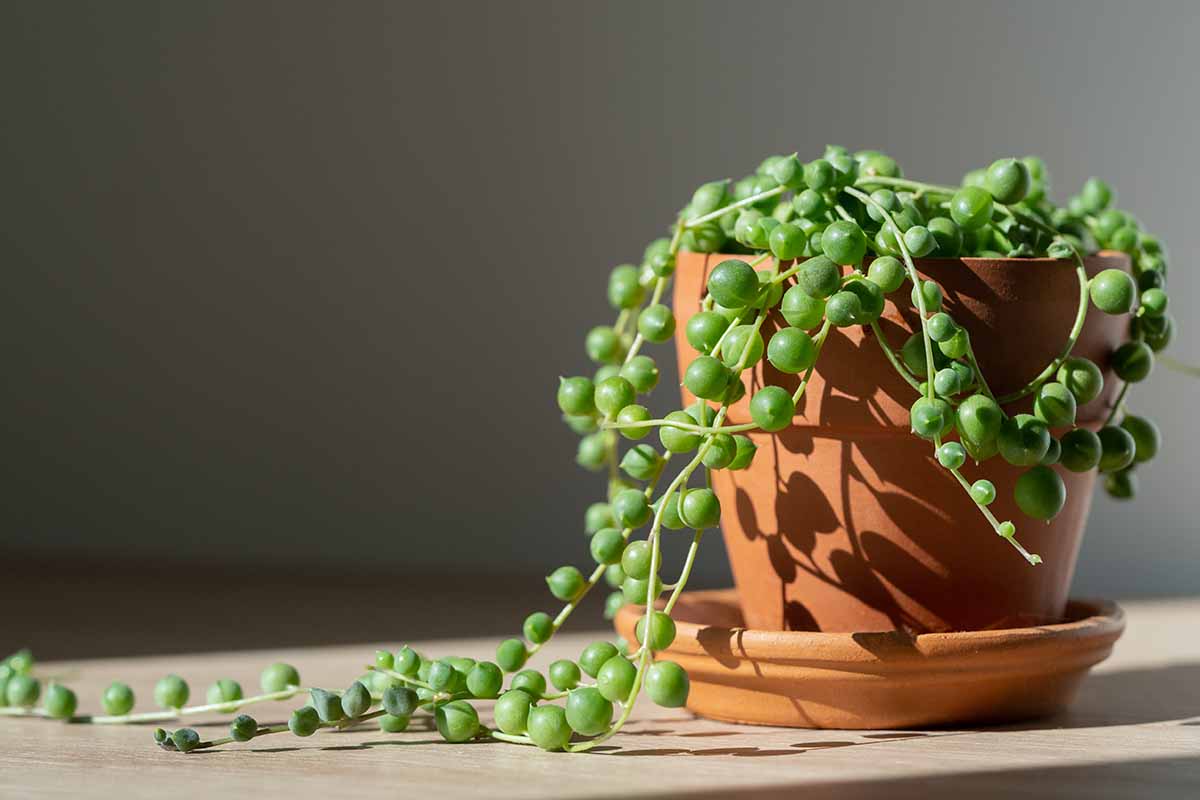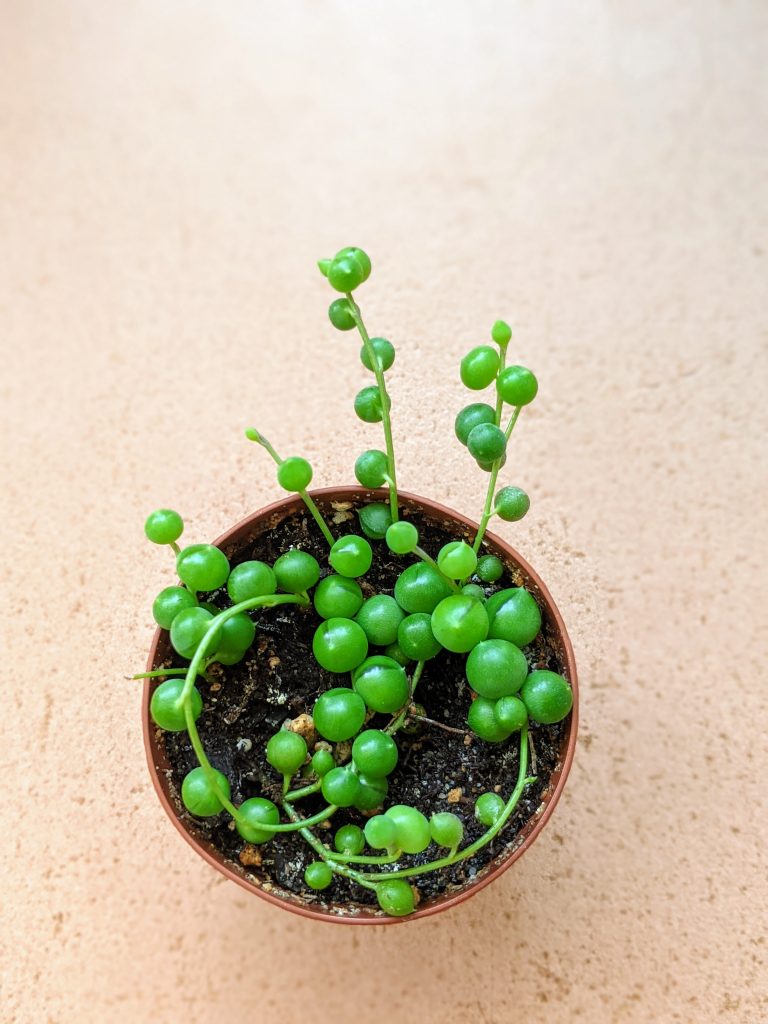Unlocking the Secrets of Succulent Success
The String of Pearls plant, a low-maintenance succulent, has gained popularity among plant enthusiasts due to its unique, pearl-like leaves that resemble a string of beads. With its trailing stems and delicate appearance, it’s no wonder why this plant has become a staple in many indoor spaces. However, to keep your String of Pearls thriving, it’s essential to understand the basics of string of pearl plant care. By providing the right environment, nourishment, and attention, you can enjoy the beauty of this succulent for years to come. In this article, we’ll explore the essential tips and tricks for caring for your String of Pearls plant, from creating the perfect environment to troubleshooting common problems.
How to Create the Perfect Environment for Your String of Pearls
When it comes to string of pearl plant care, creating the perfect environment is crucial for the plant’s survival and thrival. String of Pearls plants prefer bright, indirect light, making them ideal for east- or west-facing windows. However, direct sunlight can cause the leaves to become scorched, so it’s essential to provide filtered light. In terms of temperature, String of Pearls plants thrive in temperatures between 65°F to 75°F (18°C to 24°C), making them a great addition to indoor spaces. Humidity levels should be moderate, around 40-50%, to prevent root rot and other issues. To replicate these conditions at home, consider using sheer curtains to filter the sunlight, and placing the plant on a tray filled with water and pebbles to increase the humidity around the plant.
Nourishing Your Plant: A Guide to Watering and Fertilization
Proper watering and fertilization are crucial components of string of pearl plant care. When it comes to watering, it’s essential to strike a balance between providing enough moisture and avoiding overwatering. String of Pearls plants prefer to dry out slightly between waterings, so check the soil regularly to ensure it’s not too wet or dry. Water your plant when the top inch of soil feels dry to the touch, and avoid getting water on the leaves to prevent rot. In terms of fertilization, feed your String of Pearls plant with a balanced, water-soluble fertilizer during the growing season (spring and summer). Dilute the fertilizer to half the recommended strength to prevent burning the roots. By following these guidelines, you’ll be able to provide your plant with the necessary nutrients for healthy growth and development.
Pruning and Propagation: Shaping Your String of Pearls
Pruning and propagation are essential components of string of pearl plant care. Pruning helps maintain the plant’s shape, encourages new growth, and removes dead or damaged stems. To prune your String of Pearls plant, use clean, sharp scissors or pruning shears to remove any weak or damaged stems. Cut just above a node, where a leaf meets the stem, to encourage new growth. Prune your plant regularly to maintain its desired shape and promote healthy growth. Propagation is another important aspect of string of pearl plant care, as it allows you to create new plants and share them with friends and family. To propagate your String of Pearls plant, simply cut a healthy stem section, remove lower leaves, and plant it in well-draining soil. Keep the soil moist and warm until roots develop, and then treat the new plant as you would a mature one. By pruning and propagating your String of Pearls plant, you’ll be able to enjoy its beauty for years to come.
Pest Control and Common Problems: Troubleshooting Tips
As with any plant, String of Pearls plants can be susceptible to pests and diseases. To ensure optimal string of pearl plant care, it’s essential to be aware of these potential issues and know how to address them. Common pests that can affect String of Pearls plants include mealybugs, spider mites, and scale. To treat infestations, use insecticidal soap or neem oil, and isolate the affected plant to prevent the pests from spreading. Regularly inspecting your plant and maintaining good hygiene practices can help prevent pest problems. In terms of diseases, root rot is a common issue that can arise from overwatering. To prevent root rot, ensure good drainage and avoid waterlogging. If you do encounter root rot, remove the affected roots, repot the plant in fresh soil, and adjust your watering schedule accordingly. By being proactive and taking prompt action, you can prevent these common problems from affecting your String of Pearls plant and ensure it continues to thrive.
Repotting and Soil Selection: Giving Your Plant a Fresh Start
As your String of Pearls plant grows and thrives, it will eventually outgrow its container. Repotting is an essential part of string of pearl plant care, as it provides the roots with more room to expand and absorb nutrients. But when is the right time to repot, and how do you choose the right soil for your plant?
The ideal time to repot your String of Pearls plant is during the spring or summer months when it becomes pot-bound. You can check if your plant needs repotting by gently removing it from its container and inspecting the roots. If the roots have filled the pot and are circling around the inside, it’s time to give your plant a fresh start.
When selecting a new pot, choose one that is only slightly larger than the previous one. This will prevent the soil from becoming too wet and reduce the risk of root rot. Make sure the pot has good drainage holes to prevent waterlogged soil.
Soil selection is critical for String of Pearls plants. A well-draining potting mix specifically designed for cacti and succulents is ideal. Avoid using regular potting soil, as it can retain too much water and cause root rot. Look for a mix that contains ingredients like perlite, vermiculite, or sand, which will help to improve drainage and prevent waterlogging.
When repotting, gently remove the plant from its container and inspect the roots. Trim away any dead or damaged roots with sterile scissors or pruning shears. This will help to prevent the spread of disease and encourage healthy growth. Then, place the plant in its new pot and backfill with fresh potting mix. Water sparingly until the plant is established in its new home.
By repotting your String of Pearls plant and selecting the right soil, you’ll be giving it the best chance to thrive. Remember to handle the roots with care, and don’t be afraid to prune away any dead or damaged roots. With proper care and attention, your String of Pearls plant will continue to flourish and provide you with beauty and joy for years to come.
String of Pearls Plant Care Tips and Tricks
In addition to providing the right environment, nourishment, and pruning, there are several tips and tricks to help your String of Pearls plant thrive. By incorporating these into your string of pearl plant care routine, you can ensure your plant remains healthy and beautiful.
One of the most important tips is to monitor your plant’s temperature. While String of Pearls plants can tolerate a range of temperatures, they prefer temperatures between 65-75°F (18-24°C) during the day and no lower than 55°F (13°C) at night. Avoid placing your plant near heating or cooling vents, fireplaces, or drafty windows.
Another tip is to provide your plant with good air circulation. This can be achieved by keeping your plant at least 6-8 inches away from any walls or obstacles. Good air circulation helps to prevent fungal diseases and promotes healthy growth.
To encourage blooming, make sure your plant is receiving enough light. String of Pearls plants require bright, indirect light to produce flowers. You can also try fertilizing your plant during the growing season (spring and summer) to promote blooming.
If you notice your plant is becoming leggy or stretched, it may be a sign that it’s not receiving enough light. Try rotating your plant every few days to ensure even growth and prevent it from leaning towards the light source.
Finally, keep an eye out for common issues like mealybugs, spider mites, and root rot. Regularly inspect your plant for signs of pests or disease, and take action quickly if you notice any problems. By staying vigilant and taking prompt action, you can prevent these issues from causing serious harm to your plant.
By incorporating these tips and tricks into your string of pearl plant care routine, you can enjoy a thriving and beautiful plant that brings joy and beauty to your home. Remember to stay consistent, monitor your plant’s needs, and make adjustments as necessary to ensure your String of Pearls plant remains healthy and happy.
Conclusion: Enjoying the Fruits of Your Labor
By following the guidelines and tips outlined in this article, you’ll be well on your way to becoming a string of pearl plant care expert. With proper care and attention, your String of Pearls plant will thrive, providing you with a beautiful and unique addition to your home or office.
Remember, string of pearl plant care is all about creating the right environment, nourishing your plant, and pruning and propagating it regularly. By staying vigilant and addressing any common issues that may arise, you’ll be able to enjoy the many rewards of growing a healthy and thriving String of Pearls plant.
From its delicate, pearl-like leaves to its trailing stems, the String of Pearls plant is a true beauty. With the right care and attention, it can bring joy and elegance to any space. So why not give it a try? With these string of pearl plant care tips and tricks, you’ll be well on your way to growing a stunning and thriving plant that will bring you joy for years to come.
By putting your newfound knowledge into practice, you’ll be able to enjoy the many benefits of growing a String of Pearls plant. From its air-purifying properties to its unique, trailing stems, this plant is sure to bring a touch of elegance and beauty to any space. So go ahead, give your String of Pearls plant the care it deserves, and enjoy the fruits of your labor!


:max_bytes(150000):strip_icc()/kararileystringofpearls-11-e358f583cc6b44c887609dc7b3cd1aec.jpg)




